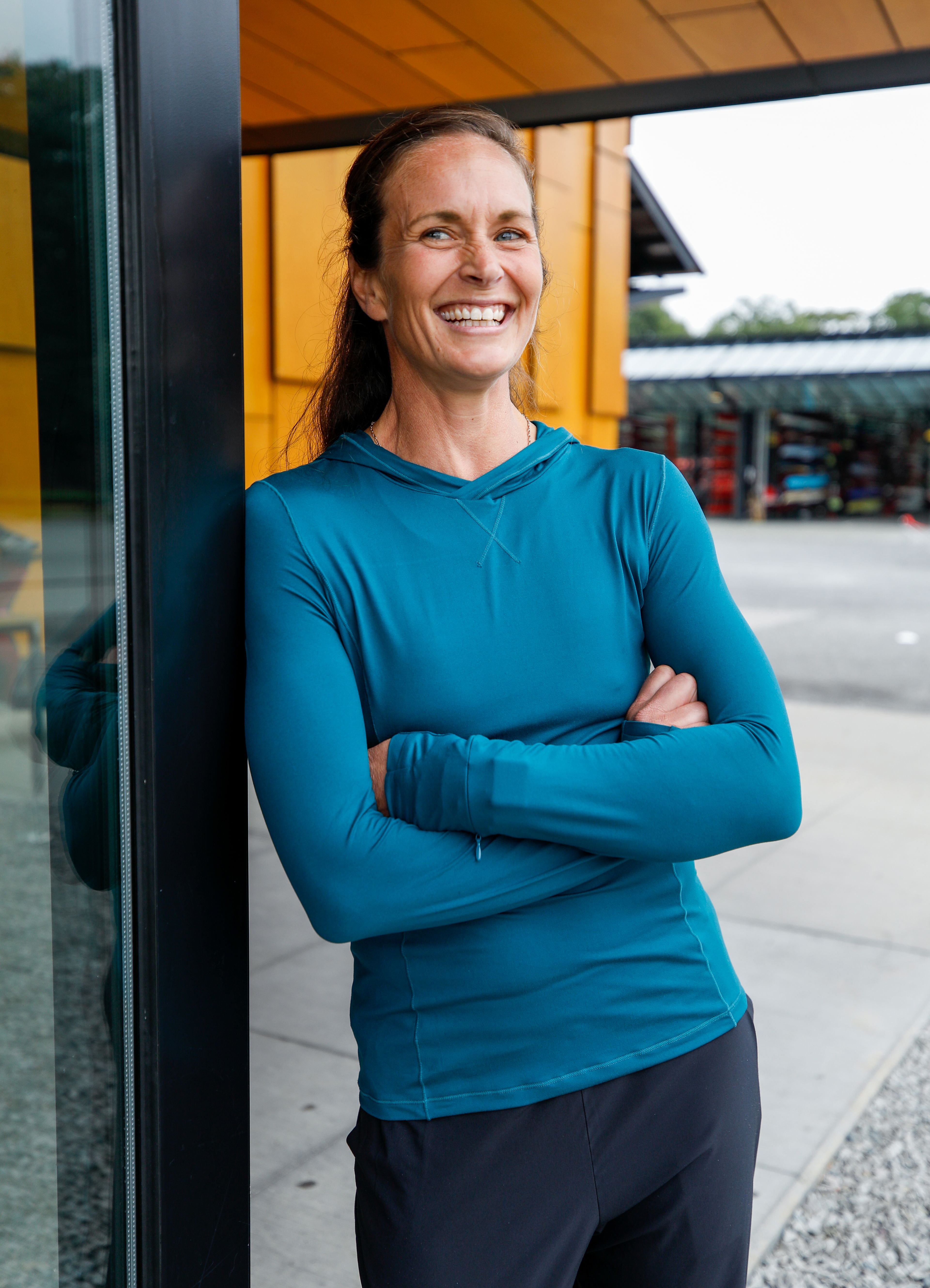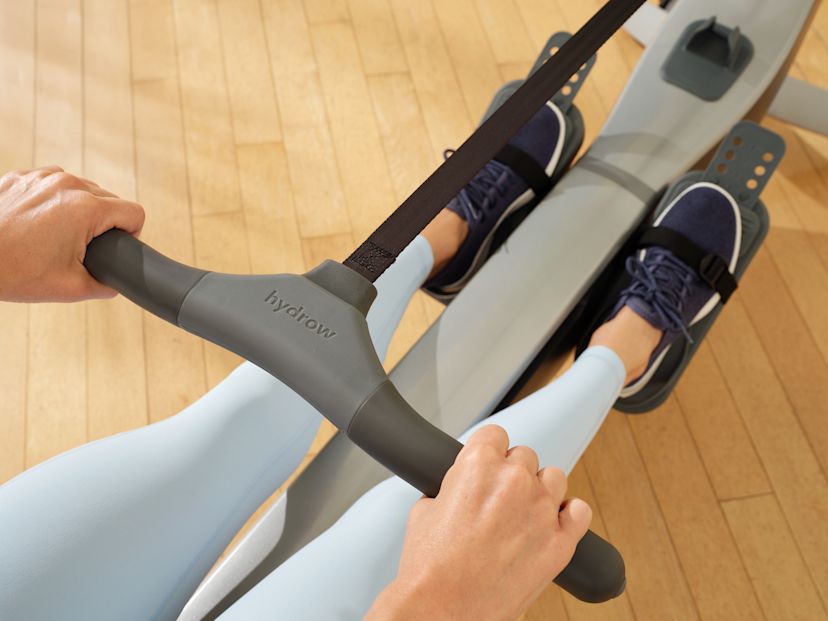Is a Rowing Machine Good for Osteoporosis?
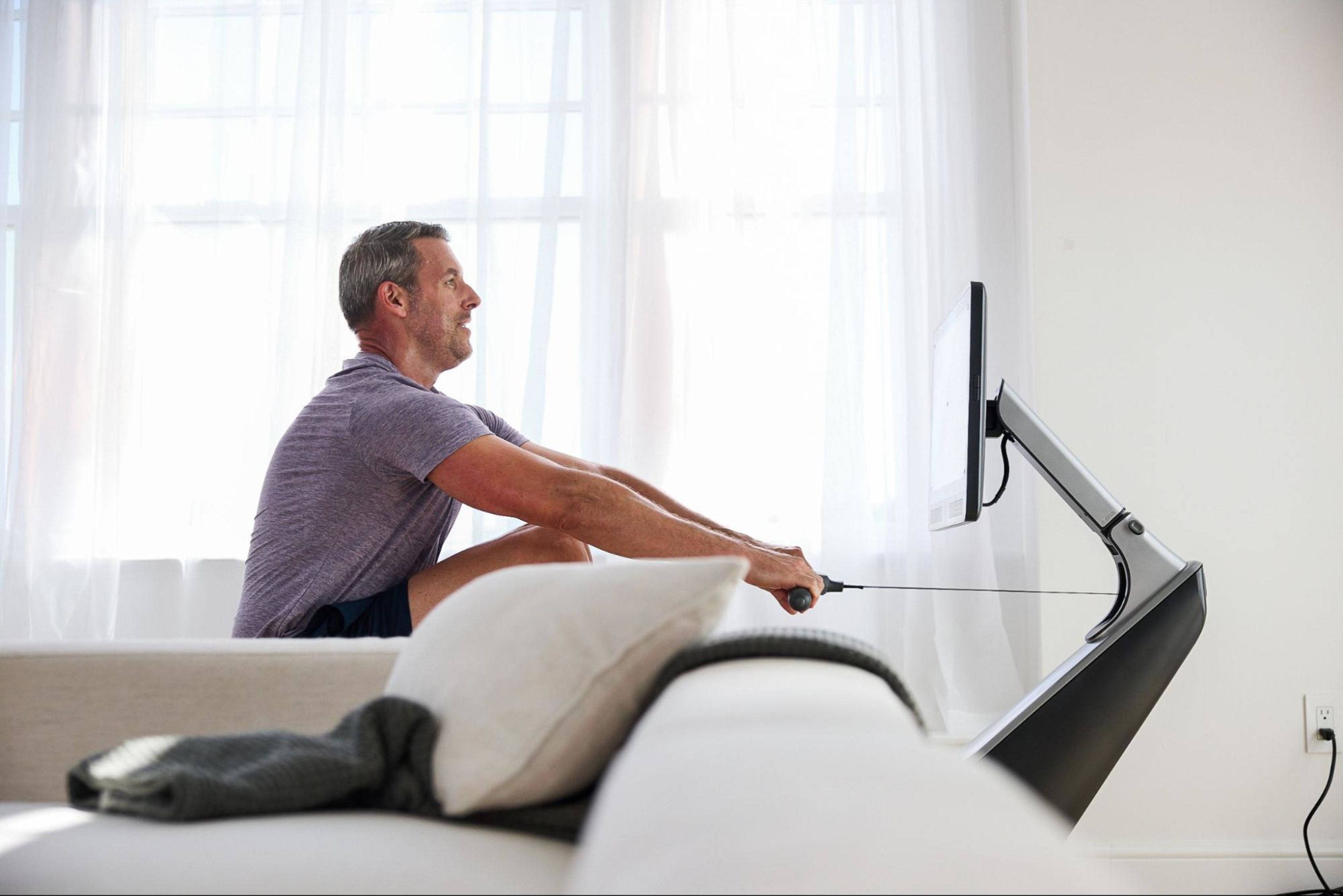
Osteoporosis is a bone condition in which the body loses bone, doesn’t make enough bone, or both. It is characterized by low bone density, ultimately resulting in weak bones and one of the more common reasons for fractures, especially in the aging population.
As we age, bone health becomes increasingly important, and exercise is one major habit that can help combat osteoporosis. If you are considering adopting more exercise into your daily routine, you’re likely wondering what the best form of exercise for osteoporosis is—and specifically, whether a rowing machine is good for osteoporosis.
In this blog, we’ll explore:
Let’s dive in!
What is osteoporosis?
Before we dive into the effects of rowing on osteoporosis, let’s briefly discuss what osteoporosis is, its associated risk factors, and the importance of exercise in managing bone health.
Bone is living tissue that is constantly being broken and replaced. When you are younger, this process of building bone mass is at its peak. However, in your early 20s, this process slows down, and you reach peak bone density in your 30s. In fact, by your 40s, you are already slowly beginning to lose bone mass.
Osteoporosis occurs when the loss of bone density supersedes the creation of new bone. The bones become less dense and more brittle, leaving you more susceptible to bone fractures. Those who do suffer fractures from osteoporosis can live with significant pain, height loss, and potentially independence loss.
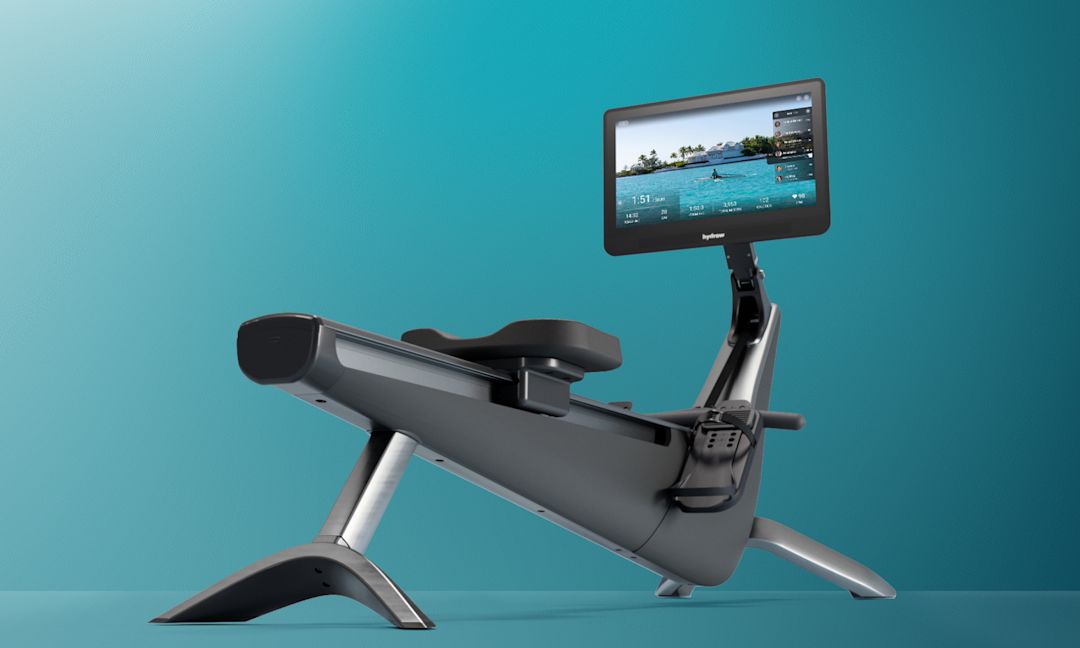
Holiday savings are here
Bring home our award-winning rowers at the best prices of the year.
Risk factors associated with osteoporosis
Several factors will influence whether you are susceptible to osteoporosis. Some risk factors of osteoporosis are uncontrollable but can be influenced by lifestyle choices. Risk factors such as age, sex, race, and family history are all factors that can increase your risk of osteoporosis.
However, bone health can be positively influenced with lifestyle choices. Choosing not to smoke, limiting alcohol consumption, eating a well-balanced diet, and incorporating regular exercise into your routine will help to negate bone loss. Strength training and weight-bearing exercise specifically help to strengthen your muscles, tendons, ligaments and bones, making them paramount in protecting your bone mass.
So, is a rowing machine good for osteoporosis?
Yes! Rowing machines are great exercise options for osteoporosis. Here’s why:
Rowing is a low-impact exercise
Rowing strengthens your muscles
Rowing is a weight-bearing exercise that helps with bone loading
Rowing supports your spine
Rowing is great cardio
Rowing is a whole-body workout
Rowing can help improve your balance (reducing risk of falls)
Rowing is a low-impact exercise
Rowing offers an effective low-impact cardio workout that is suitable for all fitness levels. Because it’s completed in a seated position, it puts very little strain on your joints, ankles, knees, hips, shoulders, and elbows when compared to other forms of exercise.
This can also make it a great workout option if you are recovering from a specific joint injury, allowing you to strengthen the muscles around your joints without the jolt you’d experience from higher-impact exercise.
Additionally, the smooth, coordinated motion of rowing makes you less susceptible to falls (and fractures!), especially since you’ll be completing the exercise in a seated position.
Rowing strengthens your muscles
Rowing is a full-body workout that will help you build strength and endurance over time. If you row correctly, power is required by your legs to propel you backwards, adding in the trunk, back, and arm muscles to finish each rowing stroke.
Doing this repetitively for a sustained period of time will improve your muscular endurance, helping you maintain stronger muscles and bone health.
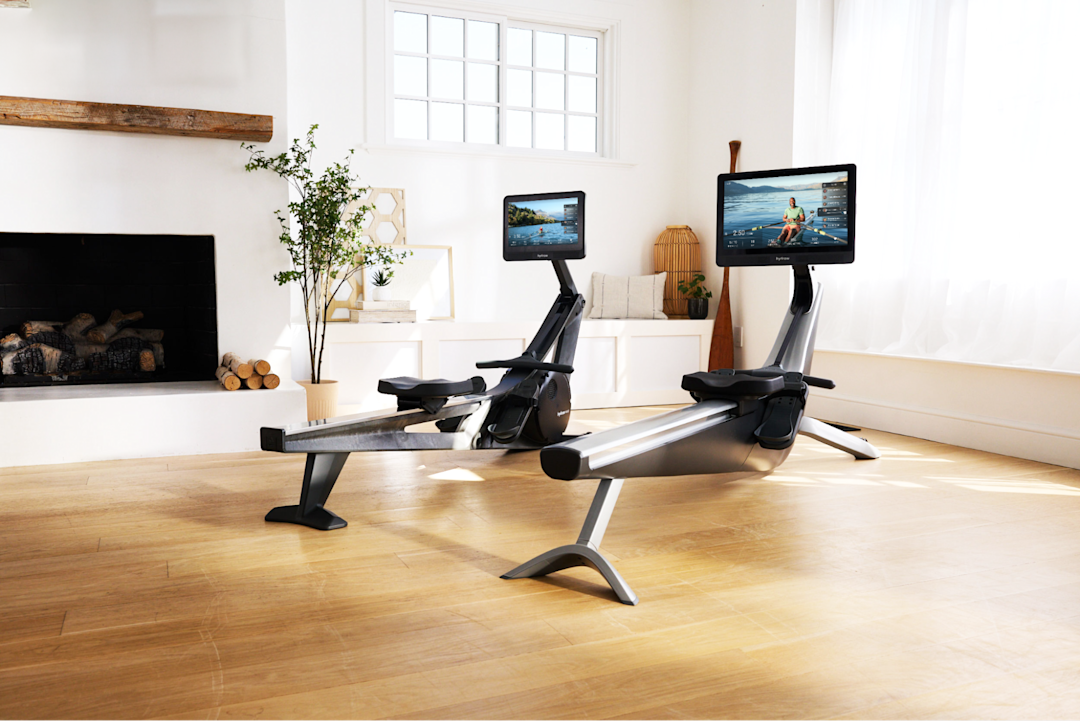
Wondering if a Hydrow rowing machine is right for you? Get answers in our FAQ guide.
Rowing is a weight-bearing exercise that helps with bone loading
A weight-bearing exercise is typically defined as an activity completed on one or more feet while supporting at least your body weight against gravity. While rowing does not technically fit this definition, it can be deemed a weight-bearing exercise due to the load placed on your legs, trunk and arms as the rowing stroke creates resistance.
Uniquely, this resistance simulates overload on the muscles in both the upper and lower body, which can help bone density across your entire body.
Related blog: The Five Benefits of Rowing Machines for Seniors
Rowing supports your spine
Because the rowing stroke involves your upper- and lower-back muscles, strengthening these muscles will help with your posture. This ultimately helps protect you from spinal fractures, which can be a concern for those with osteoporosis.
Rowing is great cardio
The more muscles you engage in an activity, the greater demand you put on your heart and lungs. The result is an increase in heart rate and breath, which induces cardiovascular adaptations such as the heart pumping more blood and oxygen to the working muscles. These adaptations lead to a stronger heart and an overall increase in fitness levels.
Related blog: Is Rowing Good Cardio?
Rowing is a whole-body workout
This full-body workout provides a great bang for your buck in one exercise session. Rowing machine workouts target 86% of your muscles, working your legs, back, core, and arms across a single rowing stroke. The tug and pull on the bone of the working muscles cause bone-forming cells to go into action, resulting in stronger, denser bones.
Rowing can help improve your balance
Throughout the rowing stroke, your core muscles (abdominal, hip, glutes, and lower-back muscles) are constantly engaged. Strong, supportive core muscles help anchor your center, keeping you balanced. This can help prevent the falls and potential fractures that are often associated with osteoporosis.
Tips for rowing with osteoporosis
Maximize your workouts and keep yourself safe by following these tips for rowing with osteoporosis:
1. Consult with a healthcare professional before starting a workout
Before diving headfirst into your rowing machine workouts, be sure to discuss your exercise plans with your doctor to ensure rowing is safe for you. It’s also important to check in with your doctor periodically after you start rowing to continually assess your bone health.
2. Learn proper rowing technique
Learning how to row correctly on a rowing machine is always important, but even more so for people with osteoporosis. Improper rowing form could strain bones or joints, leading to an injury. Start your rowing journey with beginner-friendly instructional videos to ensure your body is moving the right way with each stroke.
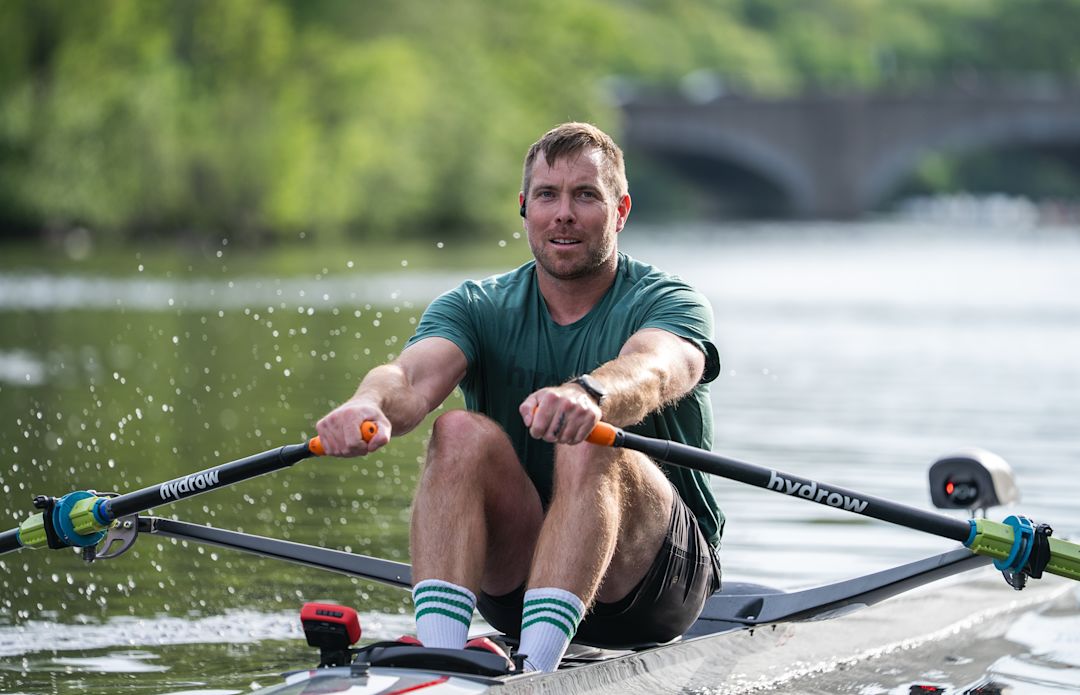
Low-impact, high reward.
Build lasting strength on a rower designed to protect your joints.
3. Listen to your body
Paying attention to your body while rowing is crucial to prevent injuries and protect your bone health. Because osteoporosis weakens bones, any discomfort or pain could be a sign you’re pushing too hard or using improper form, which increases your risk of fractures. By paying attention to your body’s signals, you can adjust your intensity or technique—or even stop, if necessary—to avoid stress on fragile bones.
4. Balance rowing with other activities
Combining rowing with other types of exercise allows you to target different aspects of bone health and overall fitness. Pairing rowing with other bone-strengthening, weight-bearing exercises like walking, strength training, and yoga can help you build bone density, improve your balance, and increase your flexibility, reducing your risk of falls and fractures.
A well-rounded exercise routine also prevents overuse injuries by varying the types of stress placed on bones and muscles, making it safer and more effective for managing osteoporosis.
5. Be mindful of your intensity
Being aware of your intensity is essential for protecting your bones and preventing injury. Rowing at a high intensity can place excessive stress on your joints, spine, and weakened bones, increasing your risk of fractures. By keeping your intensity moderate and focusing on proper form, you can get the cardio and muscular benefits of rowing without rowing any fragile areas.
Kickstart your rowing routine with Hydrow
Regular physical activity and a well-balanced diet are two of the most effective methods to combat osteoporosis. As a weight-bearing exercise that involves a strength component, rowing is an excellent option for people with osteoporosis when done correctly and mindfully.
If you’re considering adding a rowing machine to your home, Hydrow brings more than just equipment—it brings total-body results and intelligent training.
Each stroke works 86% of your muscles, delivering an efficient, immersive workout—and with real-time feedback and personalized scores, Hydrow helps you help you row smarter, build strength, and stay motivated. Just 20 minutes a day is all it takes to move with purpose, boost energy, and see results that last.
Hydrow’s workouts are led by world-class and Olympic Athletes and filmed on real water in beautiful locations around the world. Whether you’re rowing or cross-training with yoga, Pilates, strength, mobility, or circuit workouts, you’ll find movement that motivates—and keeps you coming back.
Ready to train smarter? Explore what Hydrow can do for you.

Real strength keeps moving
Learn how working out with Hydrow can help support a fuller, more active life.
